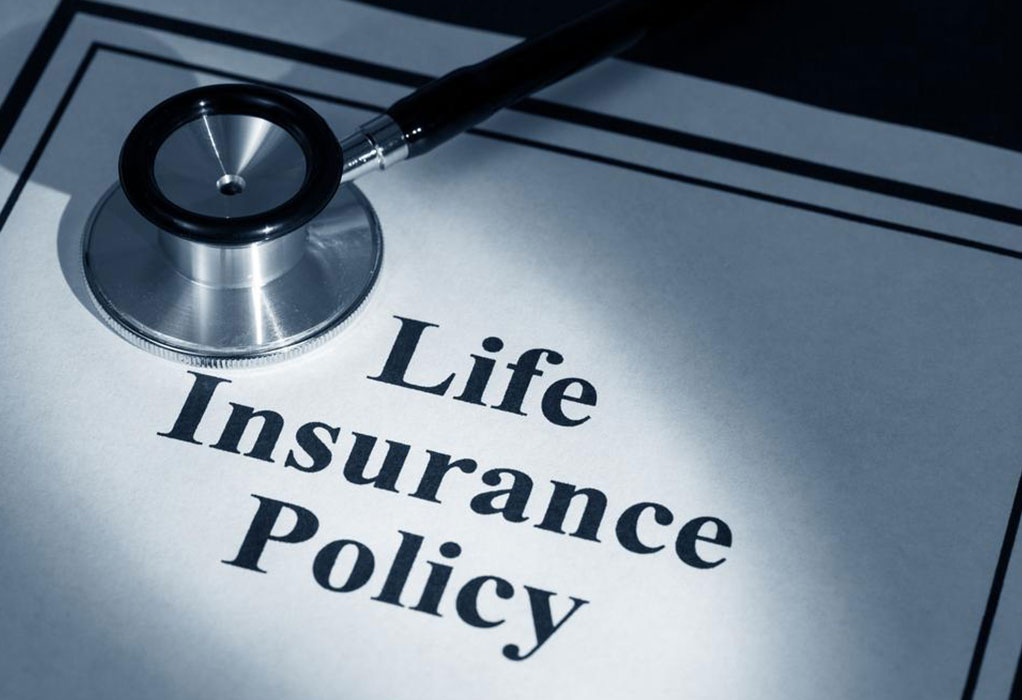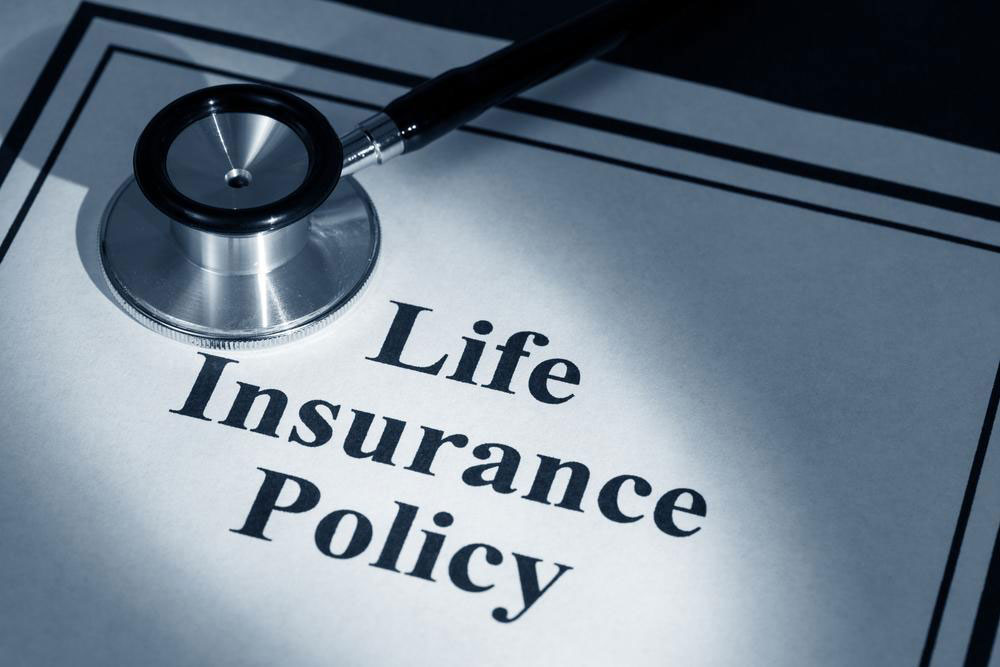Comprehensive Guide to Senior Life Insurance Options for Better Financial Security
This comprehensive guide explores various senior life insurance options, including term, whole, universal, and final expense policies. It offers insights on selecting the right coverage based on health, financial goals, and age, helping seniors secure their future and provide for loved ones. Key considerations include premiums, cash value, and policy benefits, making it easier to make informed decisions for life-long security.

Understanding Different Senior Life Insurance Types and How to Choose the Best Policy for Your Retirement
Retirement marks a new chapter in life, and securing your financial future becomes a priority, especially when it comes to protecting loved ones and covering final expenses. For seniors, selecting the right life insurance plan involves understanding the various options available, each with its unique features and benefits. With a wide range of policies catering to different needs, ages, and health statuses, making an informed decision is essential to ensure peace of mind.
Term Life Insurance for Seniors: Cost-Effective Coverage for a Specific Period
Term life insurance offers a straightforward way to secure life coverage for a predetermined period, making it especially appealing to seniors who need temporary coverage or want to leave behind a financial safety net for a specific timeframe. For seniors, age limits and term lengths vary significantly depending on the provider, but typical terms are structured as follows:
55-64 years: Commonly up to a 30-year term, providing coverage through their retirement years.
65-69 years: Usually up to a 25-year term, ideal for covering remaining mortgage payments or estate planning.
70-74 years: Often offers 20-year terms for those needing shorter-term protection.
75-79 years: Frequently available with 15-year terms, suitable for covering final financial needs.
80+ years: Typically limited to 10-year terms, focusing on immediate final expenses.
Premiums for term life insurance tend to increase with age, reflecting the higher mortality risk. Additionally, individuals with pre-existing health conditions may face higher premiums or may find that their application is rejected altogether. Some policies can be acquired without medical exams, but these often come at a higher cost compared to underwritten plans that evaluate health status to determine premiums.
Whole Life Insurance: Permanent Coverage with Cash Value Growth
Unlike term policies, whole life insurance provides lifelong protection, ensuring beneficiaries receive a death benefit regardless of when the insured passes away. One of its main advantages is the accumulation of cash value, which grows over time and can be borrowed against or used during the policyholder’s lifetime. Premiums for whole life are typically fixed and are higher than term plans, but consistent payments are critical to maintain the coverage and cash value growth. This type of insurance is suitable for seniors seeking stable, lifelong coverage that can also serve as an estate planning tool.
Guaranteed Universal Life: Flexible and Affordable Permanent Insurance
Guaranteed universal life (GUL) combines the features of term and whole life insurance, offering a more flexible approach to permanent coverage with lower premium costs. GUL policies are popular among seniors because they allow customized coverage durations — often extending beyond their lifetime to cover final expenses, estate taxes, or inheritance goals. These policies guarantee the death benefit as long as premiums are paid, providing peace of mind with more manageable payments.
Universal Life Insurance: Lifelong Coverage with Investment Potential
Universal life insurance is a flexible, permanent policy that includes a cash value component influenced by investment account performance. The policy allows policyholders to adjust premiums and death benefits over time, accommodating changing financial circumstances. However, the cash value growth is variable, and if investment returns are low, policyholders might need to increase premiums or reduce death benefits to keep the policy in force. This type of insurance suits seniors seeking both lifelong protection and investment opportunities, albeit with a need for active management and financial awareness.
Final Expense Insurance: Simplified Coverage for End-of-Life Expenses
Final expense insurance is designed specifically to cover expenses related to funerals, burials, and medical bills associated with the last stages of life. Typically offering coverage amounts between $50,000 and $100,000, these policies provide a simple, straightforward application process with minimal health requirements. Many final expense plans are permanent policies that build cash value, which can be accessed if needed. This insurance type is especially suitable for seniors who want to ease the financial burden on their families or estate without complex underwriting processes.
Ultimately, choosing the right senior life insurance depends on individual health status, financial goals, and personal preferences. Consulting with a financial advisor or insurance specialist can help tailor coverage options to fit your unique needs, ensuring you leave a secure financial legacy for loved ones and cover essential expenses during your retirement years.





